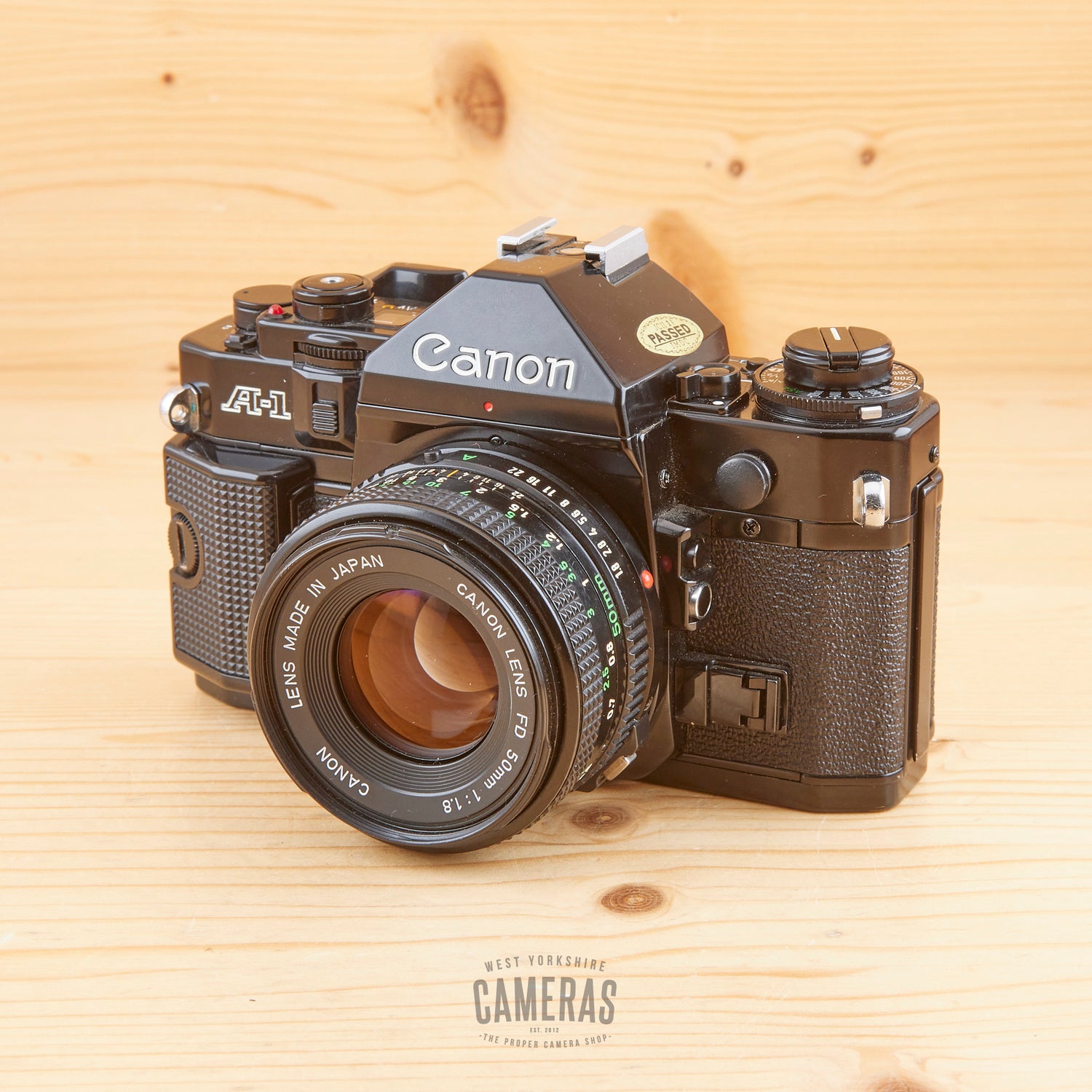Image credit: Nikon.com (cropped)
Lenses. We all know that Nikon, Canon, Pentax and the other major manufacturers make, and have made, some of the highest quality and most unusually extraordinary ones out there – more often than not with prices to match. But what about the other guys, the slightly weird kids that have incredibly thick glasses and have their own little group in the playground away from the big boys that beat them up? Everyone knows they’ll never be as popular as the others, but still they try, and occasionally they make a good joke that makes everyone laugh. I’m getting way too into this analogy.
Vivitar, Tamron, Sigma and others are all involved with spending their playtimes researching and developing lens designs of their own, and have over the years have come up with some great ones that you may not have heard about.
Of course, a big bulk of the lenses sold by these companies were the usual, old standard 28mm f/2.8s and 135mm f/3.5 types – good I’m sure, and great sellers to bring in the cash for these companies, but somehow nothing that would ever cause you to drool all down your trousers.
Here’s a run down of the ones I’ve come across that might: This list is all about relatively cheap, interesting manual focus lenses that were available in most lens mounts and that like a good, non-irritating dog, you’ll want to keep for life, not just for Christmas. They all have a few parameters in common:
Must be manual focus
Must be available in multiple lens mounts
Must not be made by a “major” brand.
Must be a cheaper alternative to something expensive
Naturally, there are plenty of lenses that fall just outside of these boundaries but that are excellent, such as M42 only lenses like the Cosinon 55mm f/1.2 or Meyer 135mm f/2.8 ‘Bokehmonster’.
Manufacturers and Branding
Vivitar Series 1
Series 1 lenses by Vivitar (of which a few appear in this list) were their bees-knees line meant to compete with the big boys at the time, and were available in Pentax, Minolta MD, Canon FD, Nikon, M42 and Yashica mounts to name a few.
Not mentioned here but commended are a 100-500mm f/5.6-f/8 zoom, 70-210mm f/3.5, and a couple of nice Macro lenses.
Tamron Adaptall
A significant proportion of older lenses produced by Tamron were from their Adaptall line. The idea is simple: Any lens can be used with any camera provided you have the correct lens mount attachment. This idea was quite popular for many years and only really fell flat once autofocus lenses came into their own – mixing and matching the complex autofocus mechanisms and electronics proved too costly to develop and produce.
Lens mounts are available for pretty much every SLR system too, you might have to hunt hard for some of the rarer stuff, like Leica R mount, but they’re out there – including Canon EF.
Sigma
You might notice a lack of sigma lenses being recommended here. Well that’s because the older Sigma lenses tend to be, frankly, a bit crap. On almost all their older generation products, the rubber grip coatings have all gone sticky, the focus tends to be rough, they seem more susceptible to fungus than other brands. Oh, and don’t buy older Sigma lenses for Canon EOS thinking you can use them on your DSLR – they’re not compatible and you get a “Lens Err” message at anything other than maximum aperture. This isn’t a dig at Sigma in general, just their older stuff that does not seem to have stood the test of time very well. Their new ART lenses are awesome.
Lenses
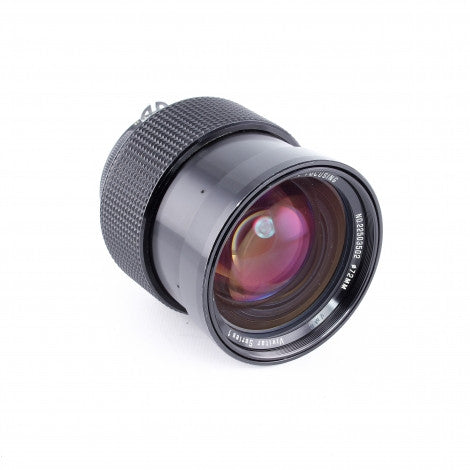
Image Credit: KEH.com
Vivitar Series 1 35-85mm f/2.8
Let’s start with a zoom – the Vivitar Series 1 35-85mm f/2.8. This would be the choice for those who want a standard zoom usable in low light on a fairly low budget – normally something similar in native Canon or Nikon mount would set you back £250 at the least, or £800+ at the most depending on how modern you wanted. This lens can be had for less than £100 in good condition, though does have some drawbacks.
Pros: Excellent build quality, constant f/2.8 Aperture, acceptable IQ, inexpensive.
Cons: Focus moves with zoom, as does front element. Heavy and bulky, push/pull configuration.
Price: Sub-£100
Availability: Fairly common, although if you want a specific lens mount be prepared to hunt around a little while.
Recommendation: 6/10: Great as a stop-gap before moving onto something better, although I wouldn’t personally use this lens for long unless I had to.
Alternative: Adaptall 35-105mm f/2.8 A different option to the Vivitar would be the Tamron Adaptall 35-105mm f/2.8 – a bit more range, a little lighter, but with slightly poorer build quality. A little pricier at £150 and tricky to find. There’s also a 28-105mm f/2.8 version but it’s like finding rocking horse sh…well, you know the expression.
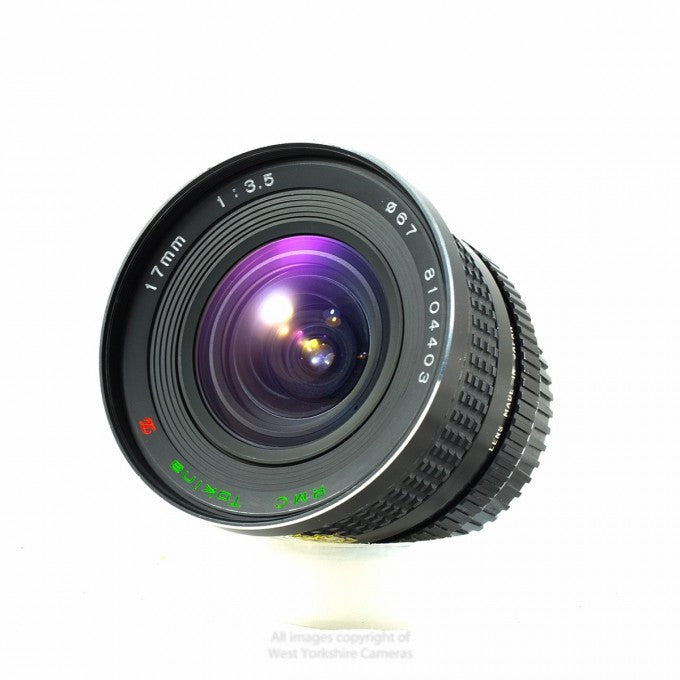
Tokina 17mm f/3.5 Manual Focus
This is a great bang-for-buck ultrawide angle rectilinear lens. The build quality would pass even the fussiest Germanic quality control tests, and optics are passable. Clearly, it’s never going to rival the modern offerings from the major manufacturers but it’s hardly like shooting through the bottom of a coca-cola bottle. At about 1/5th the price it makes for a great choice if you’re on a budget. Watch out for rough focusing on some examples.
There is a more modern AF version available but the build quality has suffered – they’re seemingly made with the leftover plastic from the neighbouring knock-off Barbie doll factory.
Pros: Excellent build quality, decent f/3.5 aperture, decent optics.
Cons: Some examples suffer from stiff / uneven focusing and somewhat susceptible to fungus.
Price: Around £150 for a good one in a popular mount.
Availability: Not particularly common, but you shouldn’t have to wait too long to find one.
Recommendation: 8/10: I’d buy this lens without feeling the desire to upgrade in a hurry.
Alternative: Vivitar do a 20mm f/3.8, but it’s bigger and heavier – I’d also be inclined to say less good optically.
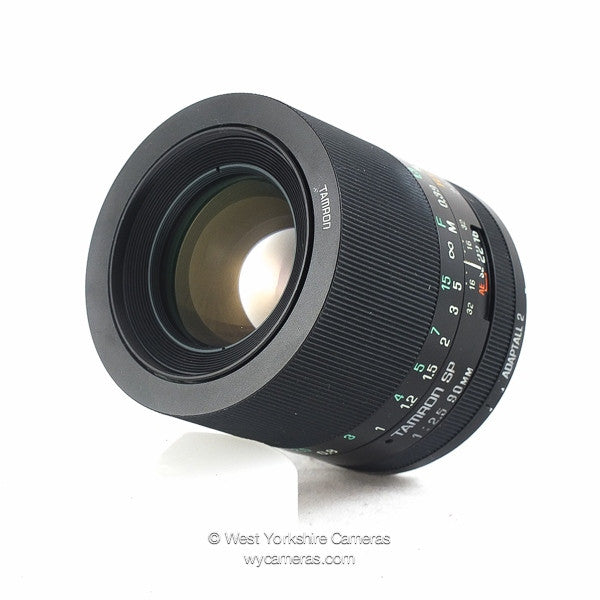
Tamron Adaptall SP 90mm Macro f/2.5
A brilliant two-birds-one-stone portrait and macro lens. There are a few versions, later ones are plastic and therefore lighter but I’d still opt for the older metal version, the snappily named 52B version. I don’t know whether the optics changed in the version history but I don’t really care as even the earliest version we’re talking about is sharper than a serpent’s tooth anyway. I’m recommending this lens over similar macro lenses because it’s close to the traditional 85mm focal length for portraiture, has an ever so slightly wider aperture than it’s rivals, and is easy to track down. It natively reaches 2:1 macro but has a matched extension tube for 1:1 work. Jolly good show.
Pros: 52B has good build quality, good optics, versatile, good close up ability.
Cons: A teeny bit heavier than it’s counterparts? I’m just splitting hairs here.
Price: Around £100-125 for a really nice one with extension tubes. £60-80 for a user.
Availability: Plenty around in the various models which were produced – easy to find.
Recommendation: 9/10: An excellent lens with several uses and very few negative points to be made.
Alternative: If you really don’t like this lens for some bizarre reason (perhaps your partner cheated on you with a Tamron employee, or your most regrettable early work of ultra-saturated-selective colour-HDR was taken with one of these, and you can’t escape the memory) get a Vivitar 90mm f/2.8.

This is either Bigfoot, or the Tamron 300mm f/2.8 – they’re both as elusive.
Image credit: hunting-washington.com
Tamron Adaptall 300mm f/2.8
Are you lusting for something longer and faster? No, calm down, I meant lenses. Tamron made an excellent value Adaptall 300mm f/2.8. We had one in stock about a year ago and it was surprisingly good, and not too expensive. To compare, we’ve currently got a Nikon 300mm f/2.8 AIS in stock at £799 and the Tamron was about half that price. The build quality was pretty average, so it wouldn’t take a professional beating – but a professional wouldn’t buy this lens, they’d just plonk down the extra cash and get the branded equivalent. For amateur and occasional use, this can be likened to a used Volvo estate car – a sensible buy.
If you can find one. If.
Pros: An exotic lens on the cheap. Not a great deal else impresses.
Cons: Average build quality, average optically. Large old lenses are susceptible to fungus, pay extra attention to this.
Price: Around £400-500 depending on exact model and condition.
Availability: On a par with the Hound of the Baskervilles and Nessie for sightings in the UK.
Recommendation: 7/10: A useful lens if you have the need for it, but I’d rather pay the extra for the Nikon or Canon version if only for peace of mind and re-saleability.
Alternative: There’s a similar Tokina AT-X (their top drawer stuff) 300mm f/2.8 for about the same money, but only seem to exist in Nikon mount.
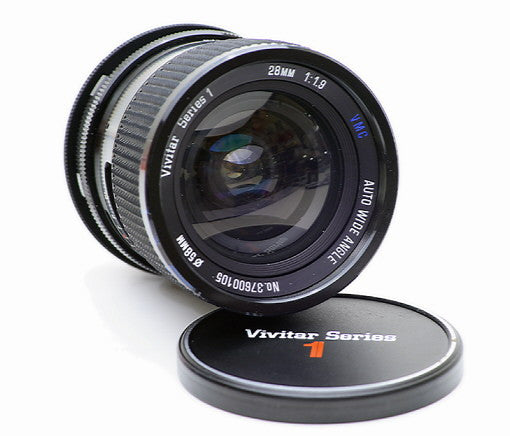
Image credit: alllenses.org
Vivitar 28mm f/1.9
Next up is a perennial favourite, a fast wide angle. First thing’s first on this lens, it’s not going to impress optically, wide open at least. If you’re a pixel peeper, move along, nothing to see here. It’s so soft that it might as well have “Mr. Softie’s 99” written on the side and moonlight as an ice cream cone.
However if you actually enjoy taking photos rather than looking at dots on a computer screen, gloss over that and enjoy a great choice of lens. Fairly compact, pretty solid, not too heavy, and once you take it down a stop or two, good quality. The benefit is having the option of an extra stop of light over the slower f/2.8 28mm lenses, which can make the difference in certain situations.
Pros: Well made, compact, light(ish), faster than your average bear.
Cons: Poor wide open. Focusing might be uneven.
Price: Around £100-200 depending on mount and condition.
Availability: Quite sought after so not too many out there.
Recommendation: 7/10: A nice, practical lens which is just let down by wide open performance.
Alternative: Kiron (who?) made a 28mm f/2 in various mounts. Quite cheap at £30-40 but very poor optics and always seem to have something wrong with them, in my experience anyway. Put it down. Back away slowly. Don’t go there.
Conclusion
So there you have it, my run down of good old lenses which you’ve never heard of. Of course, there’s loads more out there, waiting to be found, and there’s some awesome exotic stuff you might use with older, or large format cameras that are a bit more specialist, like the Dallmeyer Pentac 8″ f/2.9 or the Aero Ektar, but for this entry I wanted to stick to objectives with popular appeal that can be used on modern DSLR cameras and film cameras alike.
Think I’ve missed anything out? Feel free to suggest a lens you like in the comments
By the way, I was joking about the dog comment at the beginning. All dogs are irritating.
